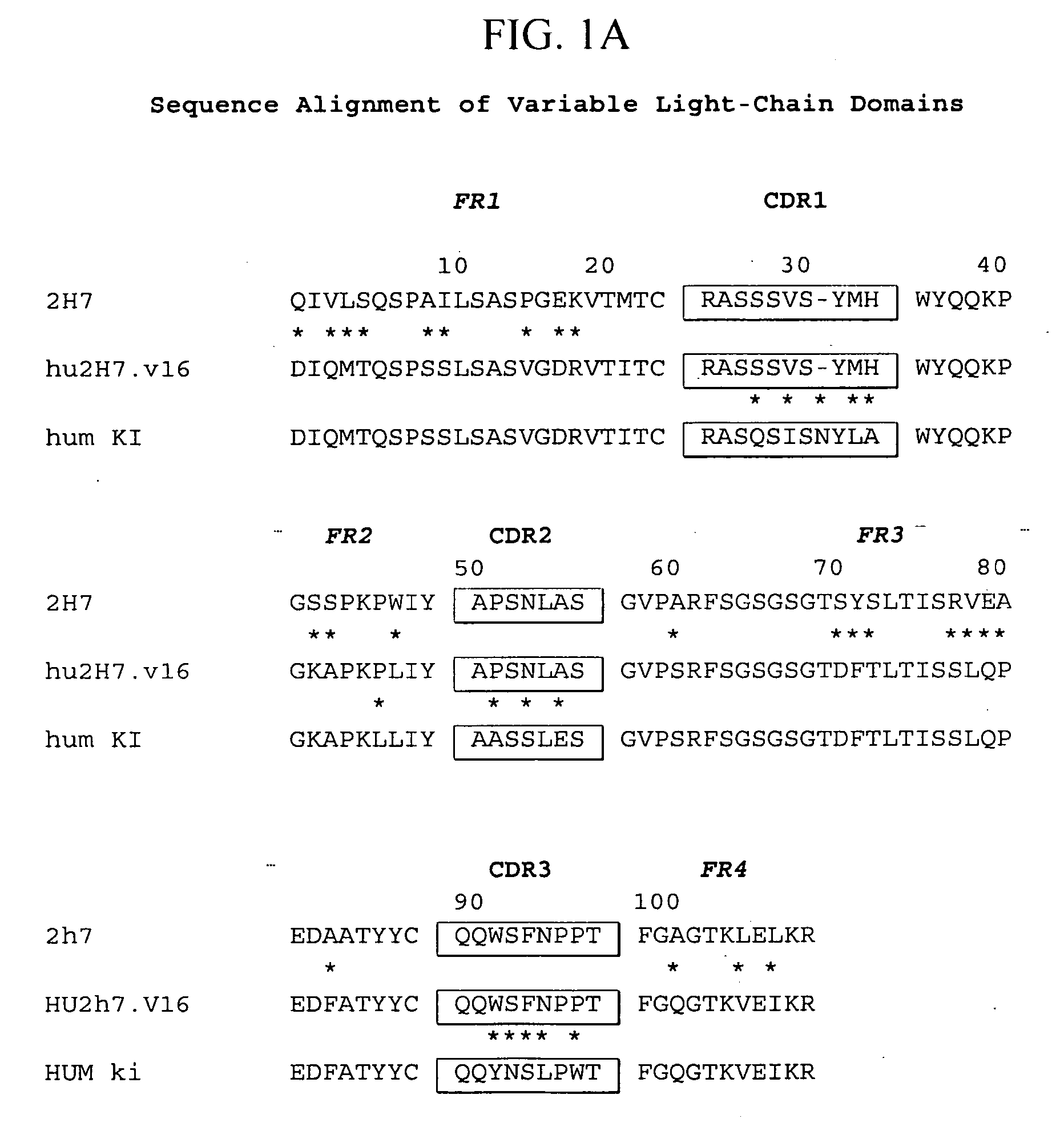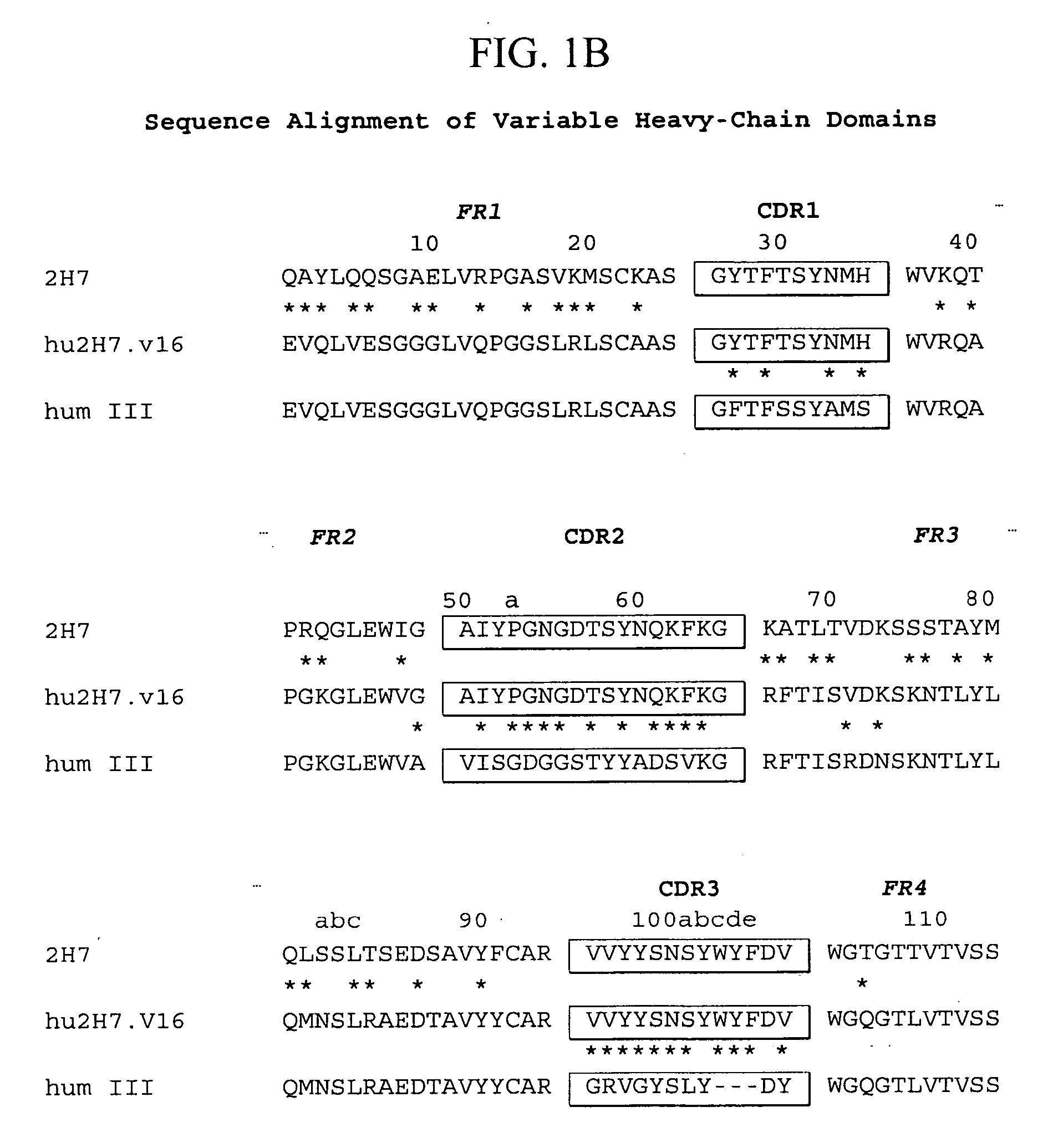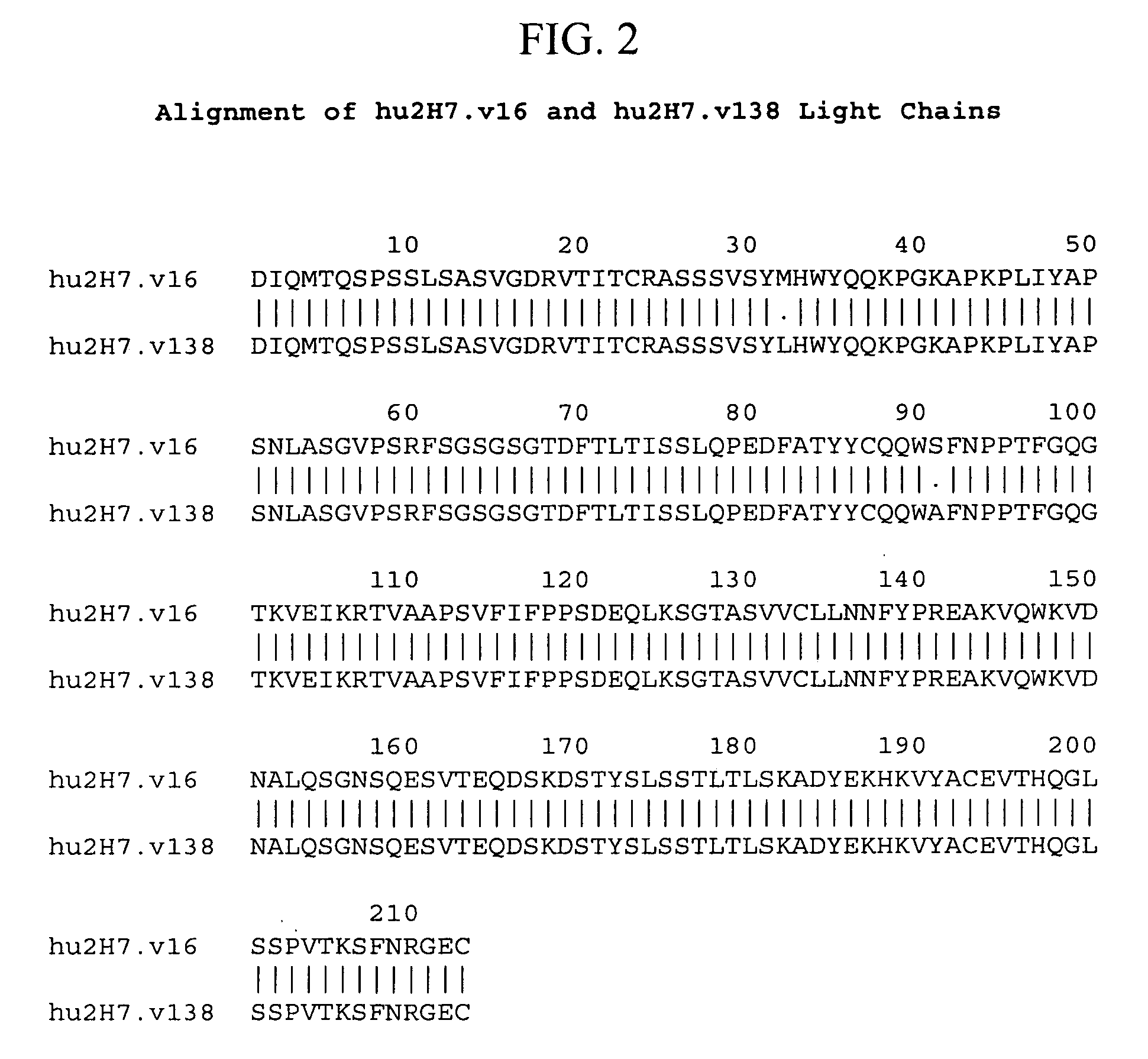Treatment of bone disorders
a bone disorder and bone technology, applied in the field of bone disorders, can solve the problems of reduced bone mass, reduced resistance to stress, reduced bone fragility and susceptibility to fractures, etc., and achieve the effects of enhancing osteoblast formation, slowing down bone formation by osteoblasts, and increasing bone resorption
- Summary
- Abstract
- Description
- Claims
- Application Information
AI Technical Summary
Benefits of technology
Problems solved by technology
Method used
Image
Examples
example 1
Serum Biochemical Markers Correlate with Response to Treatment of Rheumatoid Arthritis with Rituximab
Background:
[0274] Targeting B cells with rituximab (RTX; Rituxan® / MabThera®) has been found to provide a new approach for the treatment of rheumatoid arthritis (RA). A randomized controlled trial in patients with active rheumatoid arthritis despite methotrexate showed that a single course of two rituximab infusions, alone or in combination with cyclophosphamide or continued methotrexate, provided significant improvement in disease activity at week 24 (Edwards et al., N. Engl. J. Med. (2004), supra; Pavelka et al., supra) and week 48 (Edwards et al., N. Eng. J. Med. (2004), supra), which was sustained in some patients for two years (Emery et al., (2004), supra). However, little is known of its mechanism of action to treat RA or its effects on various biological markers in RA patients. In particular, it is not known whether a B cell-depleting therapy such as rituximab will have an e...
example 2
Bone Remodeling in Animals
[0282] The activity of Rituximab may be demonstrated in an animal model of bone remodeling. Thus, Sprague-Dawley rats are weight-matched and divided into seven groups, with ten animals in each group. Included is a baseline control group of rats sacrificed at the start of the study, a control group administered vehicle only, a PBS-treated control group, and a positive control group administered a compound known to promote bone growth. Three dosage levels of rituximab are administered to the remaining three groups.
[0283] Rituximab, positive control compound, PBS, or vehicle alone is administered subcutaneously once per day for 35 days. All animals are injected with calcein nine days and two days before sacrifice (two injections of calcein administered each designated day). Weekly body weights are determined. At the end of the 35-day cycle, the animals are weighed and bled by orbital or cardiac puncture. Serum calcium, phosphate, osteocalcin, and CBCs are de...
example 3
Clinical Study of Rituximab in Osteoporosis
[0285] Patients diagnosed with osteoporosis may be treated with rituximab. The patients treated will be selected so as not to have a B-cell malignancy.
[0286] Rituximab is administered intravenously (IV) to the patients according to any of the following dosing schedules:
[0287] (A) 50 mg / m2 IV day 1
[0288] 150 mg / m2 IV on days 8, 15 & 22
[0289] (B) 150 mg / m2 IV day 1
[0290] 375 mg / m2 IV on days 8, 15 & 22
[0291] (C) 375 mg / m2 IV on days 1, 8, 15 & 22
[0292] (D) 1 g IV days 1 & 15
[0293] Further adjunct therapies (such as an agent that treats osteoclast-associated disorders, as noted above) may be combined with the rituximab therapy, but preferably the patients are treated with rituximab as a single-agent throughout the course of therapy. A control is administered to a separate group of patients using the placebo (solution of rituximab formulation without rituximab).
[0294] Overall response rate is determined based upon an improvement in bo...
PUM
| Property | Measurement | Unit |
|---|---|---|
| Time | aaaaa | aaaaa |
| Time | aaaaa | aaaaa |
| Time | aaaaa | aaaaa |
Abstract
Description
Claims
Application Information
 Login to View More
Login to View More - R&D
- Intellectual Property
- Life Sciences
- Materials
- Tech Scout
- Unparalleled Data Quality
- Higher Quality Content
- 60% Fewer Hallucinations
Browse by: Latest US Patents, China's latest patents, Technical Efficacy Thesaurus, Application Domain, Technology Topic, Popular Technical Reports.
© 2025 PatSnap. All rights reserved.Legal|Privacy policy|Modern Slavery Act Transparency Statement|Sitemap|About US| Contact US: help@patsnap.com



